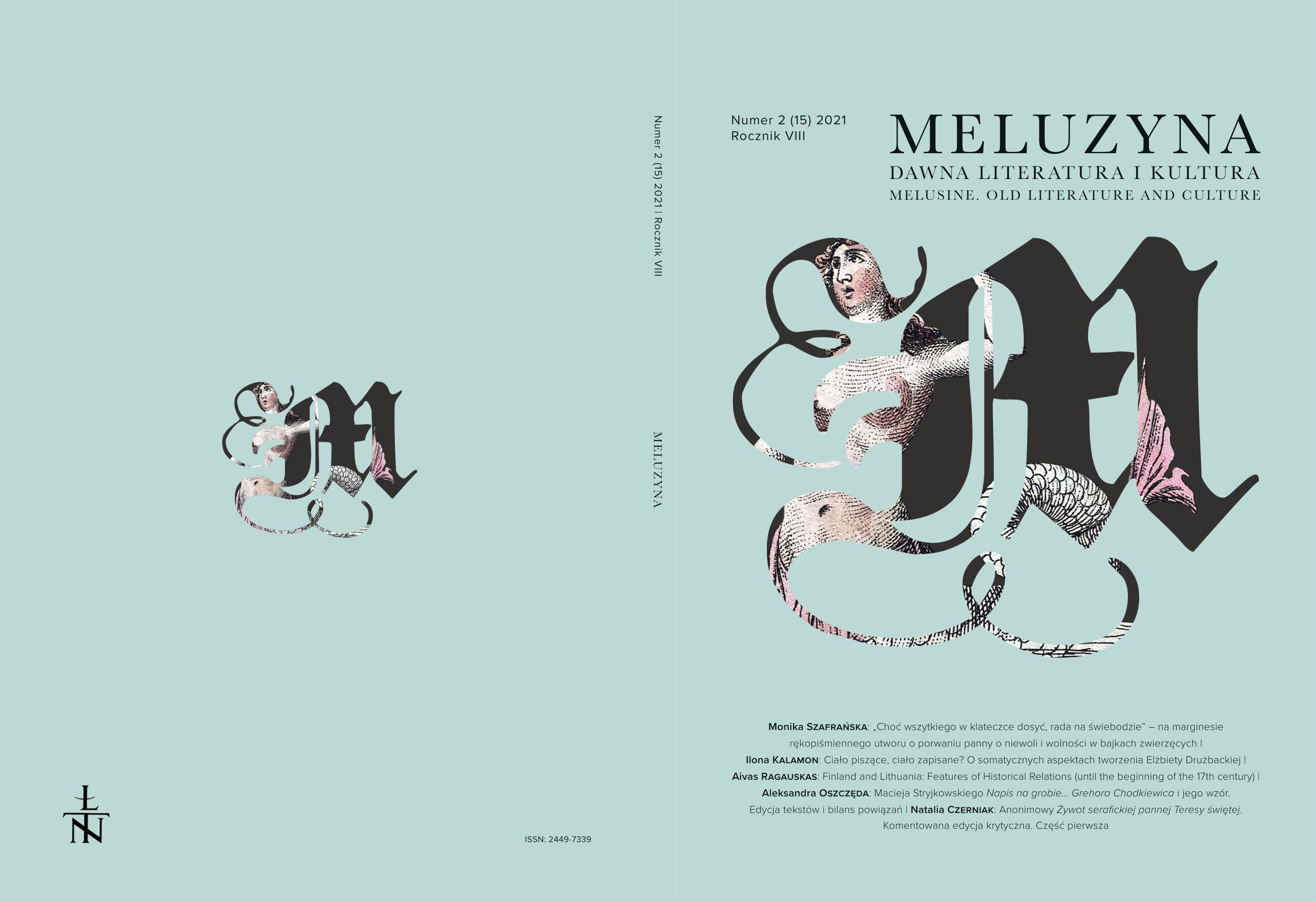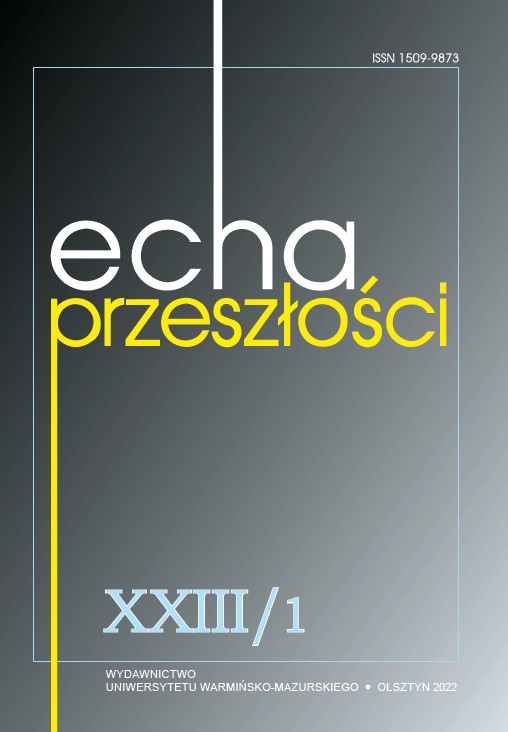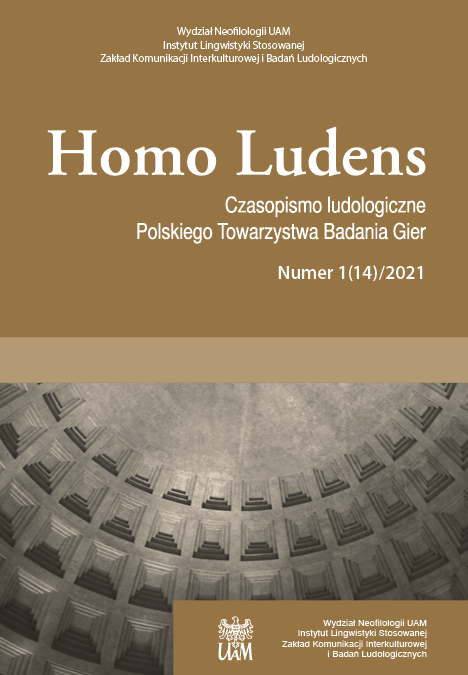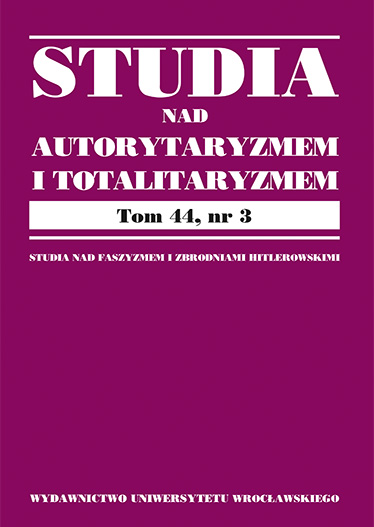Katyń before the “népbíróságok”: How the Hungarian people’s courts suppressed the truth on the massacre of Polish officers
Author(s): Aleksander Gubrynowicz / Language(s): English
/ Issue: 3/2022
Keywords: Katyń; people’s court; Hungary; retribution; antisemitism
As the judicial practice of the Hungarian people’s courts (népbíróságok) in matters related to Katyń remains relatively unknown, this article’s objective is to address this area of historical (as well as legal) research. It focuses on demonstrating general outlines of the problem by a detailed analysis of some of the most notable cases against Hungarian major war criminals. It seeks to explain the role these proceedings played within the the policy of obliterating the memory of Katyń and why the members of pre-war ruling elite were charged on the grounds of their activities concerning the Katyń massacre. Furthermore, this article attempts to demonstrate in what way these accusations were important in proceedings against major Hungarian war criminals. What was the legal basis invoked whenever the defendants were accused of Katyń-related issues? How did the People’s Courts handle these charges? And finally, what (if any) was the eventual role of the Soviets in the proceedings?
As the matter under examination lies at the crossroads of history and law (as legal judgments that mentioned Katyń in their content are the center of the analysis), the methodology used compiles the process traditionally used in historical research with standard legal interpretation tools. Combining both methods while analyzing the object through the lens of the judiciary perspective, this article places the outcomes of the examined legal proceedings in a broader historical context that allows noticing the legacies produced by People’s Courts sealing the Soviet lies in mid 1940s.
This article posits that during proceedings and in judgments, Katyń was only discussed at the margins of primary considerations. Besides, at the current stage of scientific development, there’s a lack of evidence that the Soviets exerted any pressures on the Hungarian judiciary, at least in the aspects concerning matters related to Katyń. Neither were they interested in using Hungarian judiciary channels to pursue their own specific Katyń-related goals, still less to use them as a tribune to minimize their failure in attributing the responsibility for this crime to the Nazis in Nuremberg. It seems, therefore, that Katyń-related cases before the népbíróságok were solely intra-domestically oriented, and their goals never went beyond one of the instruments of obliterating the memory of Katyń within Hungarian society. Still, they produced some concrete social effects nonetheless. Firstly, as the criminal prosecutions were just only one of the plethora of instruments set in motion to eradicate the memory about Katyń in Hungary, their deterrent or dissuasive effect (especially during the Stalinist era) should not be underestimated. Secondly, by placing Katyń within the context of the antisemitic crimes for which some of the defendants were sentenced to death, the legacy left by the People’s Courts dramatically complicated the decoupling process of the Soviet murder of Polish officers from the rest of Nazi/Arrow Cross propaganda. This confusion makes the Katyń tragedy a hostage of the discussion on the People’s Court’s role as such. Finally, as the analysis below is limited to some most notable cases of Hungarian major war criminals, this article plays only an indicatory role. Therefore, setting aside these conclusions, one should not forget that many additional questions (e.g. the total number of people sentenced or otherwise punished for “Katyń propaganda,” comparative approaches with similar processes in other East-Central European states) still beg further research.
More...




![A centennial of dialectology in Poznań [Sto lat dialektologii w Poznaniu]](/api/image/getissuecoverimage?id=picture_2020_73214.jpg)



